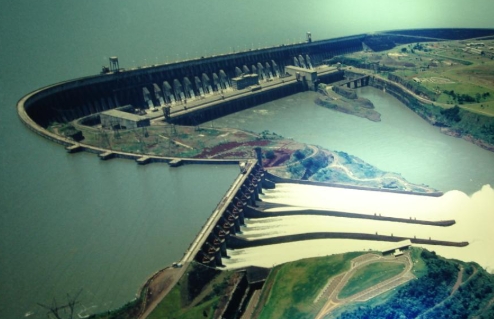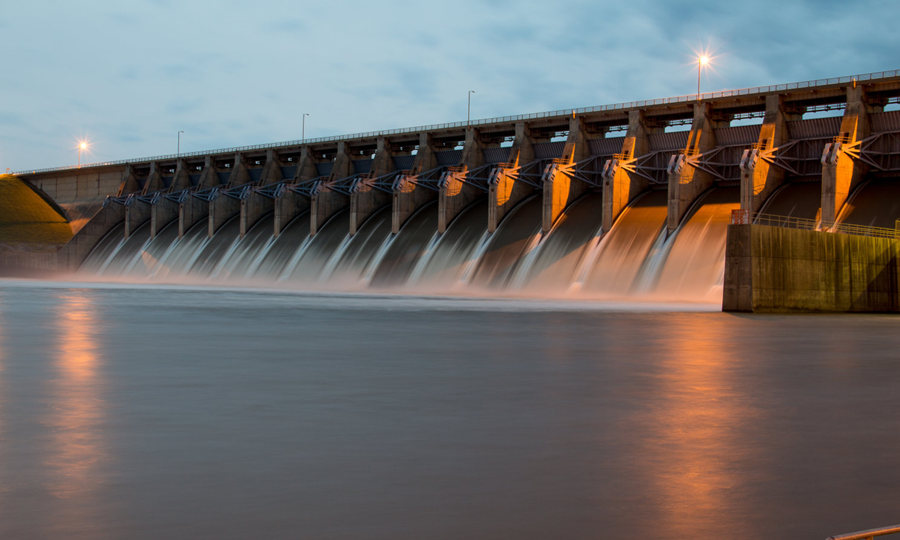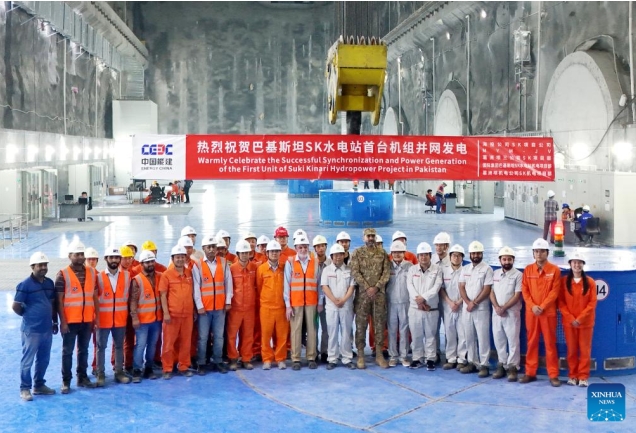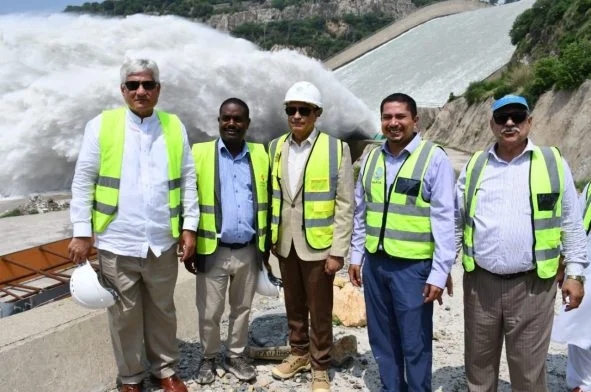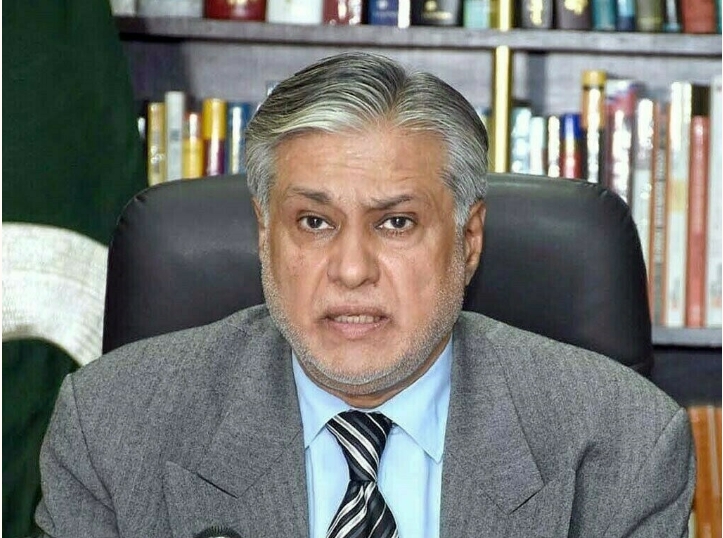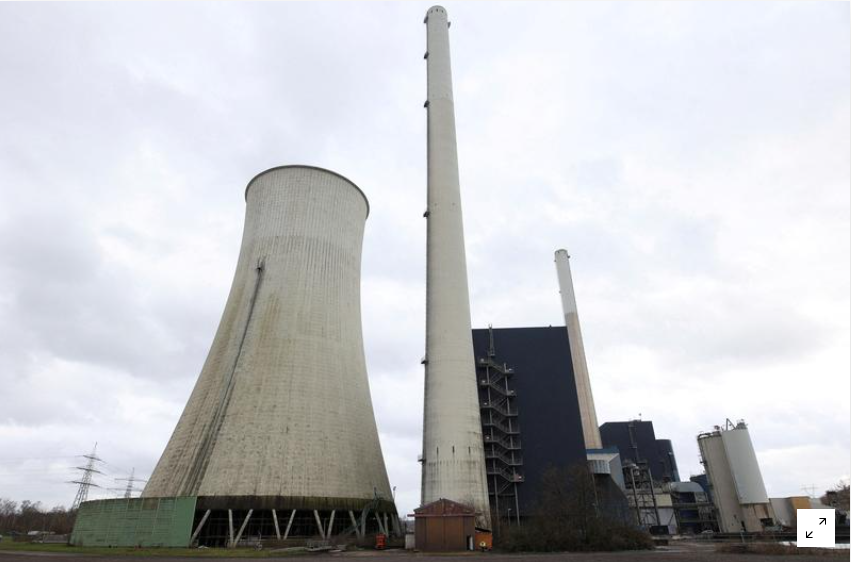
Coal miner and power generator LEAG plans to build a 200 million euros ($216.12 million) renewable energy storage system in eastern Germany, it said on Thursday, as part of a wider plan to move away from lignite, the most polluting form of coal.
Apart from the need to phase out carbon-intensive fossil fuel, Germany and other European countries are expected to need more storage to manage the intermittent nature of forms of energy such as solar and wind.
LEAG on Thursday said it had signed an agreement with ESS Tech Inc, a U.S. manufacturer of energy storage systems, to build a 50 megawatt (MW)/500 megawatt hours (MWh) battery system at the Boxberg lignite power plant. It would be commissioned in 2027 at a cost of 200 million euros.
LEAG said the aim was to provide a model as it eventually aims for 2-3 gigawatt hours by 2040.
“We want to try to make this blueprint to understand all the gaps and to show that it is technically possible,” Rainer Schiller, head of large-scale energy storage for LEAG, told Reuters.
LEAG, based in eastern Germany’s Lusatia region and owned by Czech investor EPH, has ambitions to bring 7 gigwatts (GW) of solar and wind output facilities online by 2030 and to invest 1 billion euros annually for the rest of this decade in developing renewables.
Already in September, it announced plans to build a 1,000 megawatt (MW) solar park, equivalent to the energy produced by a nuclear plant able to supply around two million households, that could open in early 2026.
The 50 MW storage battery could be enough to supply power to a small town, and crucially could stabilise the grid as supplies of baseload energy, such as coal, gas and nuclear, become replaced by intermittent renewable energy.
The investment will be funded by LEAG and its partners and the deal is expected to close in the third quarter this year, LEAG said, adding the company was also considering government subsidies.
